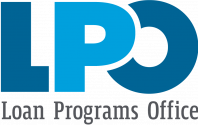What is a loan guarantee?
The DOE is authorized to provide a federal loan guarantee for certain projects that employ innovative technologies. If approved, the Applicant would receive a federal loan to construct the Project, which would be paid back with interest to the federal government.




